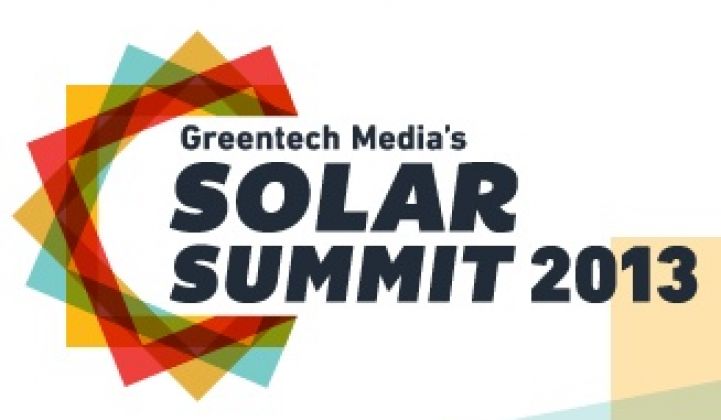Let's start out with a fact: the free market for energy is a myth.
Every country uses subsidies in some way to encourage production and dictate consumption of different forms of energy. According to the International Monetary Fund, global post-tax subsidies for fossil fuels (which includes the external costs of pollution) amounted to $1.9 trillion in 2011. And IMF said that figure is an "underestimate." The IEA also estimates that global consumption subsidies for fossil fuels reached $523 billion in 2011.
Here in the U.S., the government practically gives away taxpayer-owned coal to mining companies. It provides billions of dollars to the oil and gas industry in the form of preferential tax treatment. And the fracking boom, which is often held up as a shining example of the free market, was spurred by strong R&D funding, government cost-sharing programs, and tax credits that helped an unproven technology reach wildly successful commercial scale.
And now, of course, we have billions of dollars in specialized tax subsidies, rebates, certificate trading programs and utility programs like net metering to encourage the production of renewable energy.
The conversation around how to handle subsidies -- which has become more heated as renewables scale -- is where facts and opinions start bleeding together. The heated opinions about the issue were on full display at GTM's Solar Summit this week during a panel discussion called "The Transition to a Post-Subsidy Reality."
The debate around subsides within the U.S. solar industry is manifesting itself in different ways.
On the federal level, the looming 20 percent reduction of the investment tax credit in 2016 is raising questions about whether the industry can pull together an extension, compromise on a longer-term phase-out, or simply live on without the credit. While the trade groups in Washington are thinking about the issue, businesses around the country are more focused on the local fights that have a more immediate impact.
On the state level, there’s a growing political campaign among conservative groups to repeal or water down renewable energy targets through the legislature. While those efforts have failed thus far, many utilities are already far ahead of their procurement targets -- effectively creating the same outcome. Colorado's "solar cliff" is proof of that.
But the true battle over subsidies is on the individual utility level, where a number of companies are working to cap or kill net metering as more distributed energy comes on-line. The utilities say the solar industry is spreading too many costs to ratepayers who can't afford solar, while also failing to pay its fair share for transmission and distribution infrastructure. The solar industry says the utilities are threatened by the rapid emergence of distributed energy and are trying to suppress a technology that threatens their outdated business model.
Whatever your opinion on the reasons behind utility restrictions, the impact isn't good for solar.
"The residential solar industry will be crippled if net metering goes away," said Bryan Miller, vice president of public policy and power markets at Sunrun, in an interview. Given that Sunrun is one of the largest providers of residential solar leases in the country, the company isn't hiding its willingness to fight in public.
At this week's summit in Arizona -- a state where nearly all solar incentive programs are getting dismantled -- Sunrun's CEO, Ed Fenster, came ready to throw some punches at Arizona Public Service for its solar policies. The relationship between utilities and solar companies has always been somewhat tenuous. But this week's panel discussion was a notable change in tone. The net metering issue is definitely where battle lines are being drawn on the subsidy issue for solar.
Pull up a chair, get some popcorn and watch the session below. Then let us know your reaction to the discussion.



